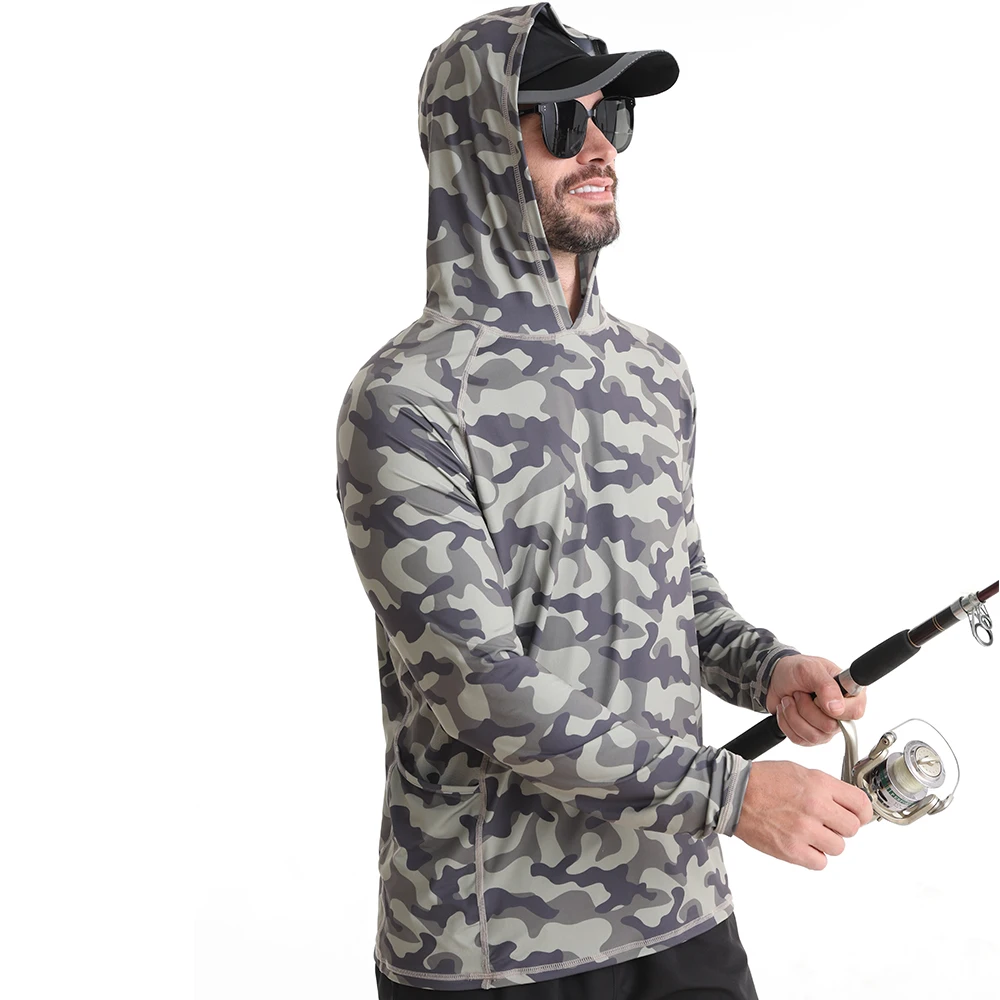about
PRODUCTS
8."Coast Guard-Approved Life Jackets: What You Need to Know"
Understanding Coast Guard Approval
The United States Coast Guard (USCG) sets stringent standards for life jackets to ensure they meet specific performance criteria. These standards cover buoyancy, materials, construction, and overall design. A Coast Guard-approved life jacket will have a clearly visible label indicating this approval. This label is not simply a marketing ploy; it's a guarantee that the life jacket has undergone rigorous testing and meets established safety regulations. Looking for this label is the first, and most critical, step in choosing a safe and effective life jacket.
It’s important to understand that simply having a buoyant device isn't enough. Many inflatable toys or makeshift flotation devices lack the necessary features and testing to meet Coast Guard standards. These devices may offer some buoyancy, but they lack the critical features designed to keep a person's head above water and facilitate rescue. A Coast Guard-approved life jacket is specifically designed to keep you safe, even in rough seas or unconscious states.
Types of Coast Guard-Approved Life Jackets
Life jackets are not a one-size-fits-all solution. Different activities and body types require different types of life jackets. The USCG categorizes life jackets into several types, each designed for specific purposes and conditions. Understanding these categories is essential for choosing the appropriate life jacket for your needs.
Type I: Offshore Life Jacket – These are the most buoyant and offer the highest level of protection. They are designed to turn an unconscious person face up and keep their head above water, even in rough seas. Type I life jackets are typically bulky but are ideal for offshore boating or activities where exposure to rough water is likely.
Type II: Near-Shore Buoyant Vest – Type II life jackets are less buoyant than Type I but still offer excellent protection for calmer waters. They are generally more comfortable to wear and are suitable for activities like kayaking, canoeing, or sailing in protected waters. They may not be adequate for rough water conditions or for individuals who are unconscious.
Type III: Flotation Aids – These are the most common type of life jacket and are designed for calm waters. They are more comfortable and less bulky than Type I and II. Type III life jackets usually require the wearer to be conscious and able to help themselves stay afloat. They are suitable for activities like fishing, waterskiing, or tubing.
Type IV: Throwable Devices – These are not worn but are thrown to someone in the water. They include ring buoys, cushions, and other throwable flotation devices. They are important safety equipment for boats and should always be readily accessible.
Type V: Special Use Devices – This category encompasses a wide range of specialized life jackets designed for specific activities, such as whitewater kayaking or sailing. These life jackets often incorporate unique features tailored to the specific activity's requirements.
Proper Fit and Maintenance
Even the best life jacket is useless if it doesn't fit properly. A life jacket that is too large or too small can compromise its effectiveness. Always follow the manufacturer's sizing instructions and ensure the life jacket fits snugly but comfortably. A poorly fitting life jacket may not keep your head above water in an emergency.
Regular maintenance is crucial for ensuring your life jacket's effectiveness. Inspect it periodically for any signs of wear and tear, such as rips, tears, or damage to the buoyancy material. Follow the manufacturer's instructions for cleaning and storage. A well-maintained life jacket is a reliable life-saver.
Choosing the Right Life Jacket for Your Needs
Selecting the right life jacket depends heavily on your activity and the conditions you anticipate. If you're engaging in offshore boating or activities in rough waters, a Type I life jacket is your best choice. For calm waters and recreational activities, a Type III might suffice. Consider the age and weight of the wearer when making your selection and always prioritize safety.
Don't hesitate to consult with professionals at marine supply stores or boating safety organizations. They can help you choose the appropriate life jacket based on your specific needs and activity levels. Remember, investing in a Coast Guard-approved life jacket is an investment in your safety and peace of mind. Your life depends on it.
Beyond the Life Jacket: Additional Safety Measures
While a Coast Guard-approved life jacket is crucial, it's not the only safety measure you should take. Always wear a life jacket when boating, especially in open water or during inclement weather. Ensure your boat has appropriate safety equipment, including flares, a first-aid kit, and a whistle. Proper boating education and awareness of water safety protocols are equally critical.
Regularly check weather conditions before heading out on the water. Be aware of your surroundings and the limitations of your own abilities. Remember, prevention is key. Taking proactive steps to ensure your safety significantly reduces the risk of accidents and enhances your enjoyment of water activities. A well-planned trip, combined with the right equipment, including a properly fitted Coast Guard-approved life jacket, is the best way to ensure a safe and enjoyable time on the water.
SUBSCRIBE
INQUIRY





